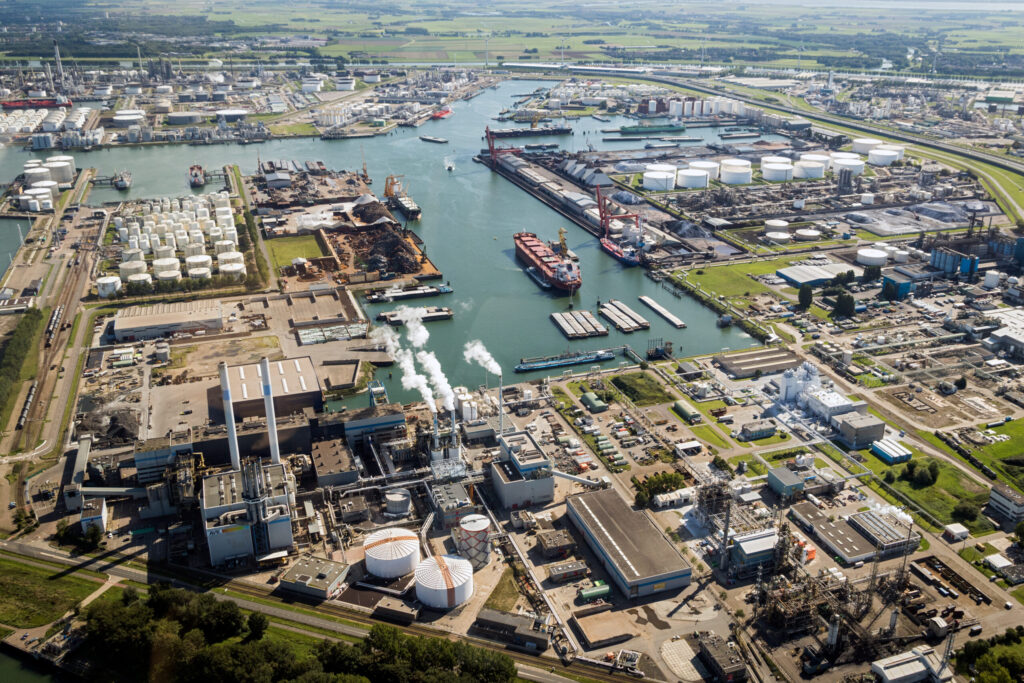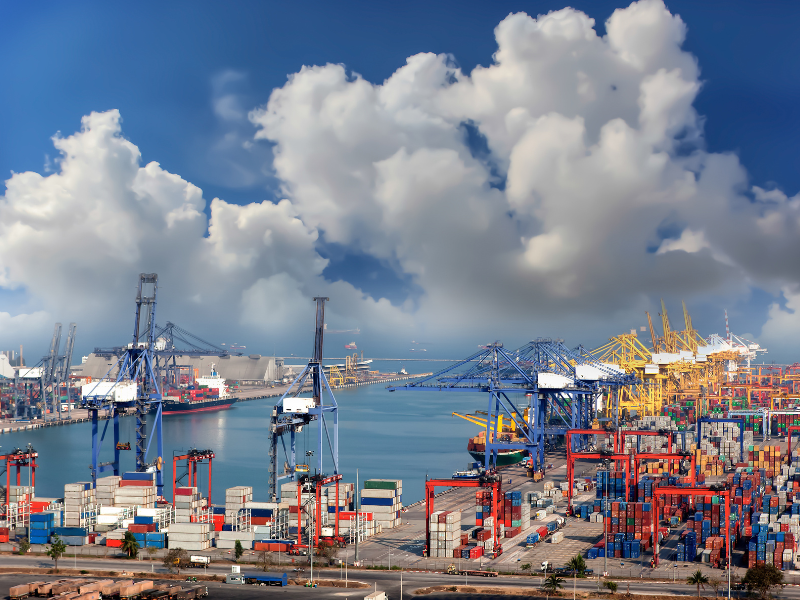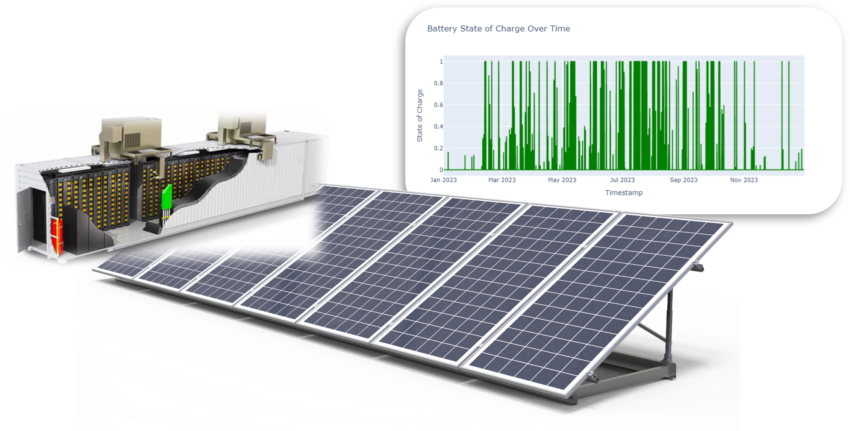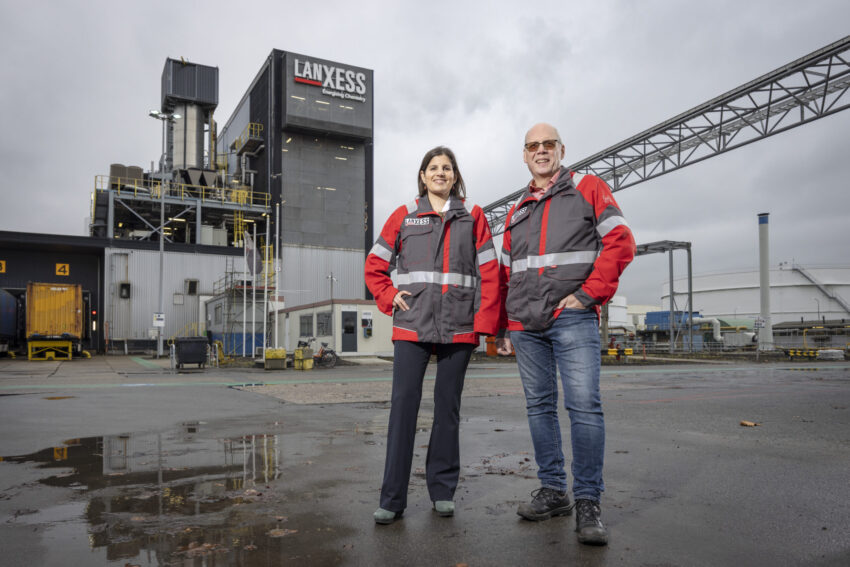Pilot study on a multifuel hydrogen burner with very low nitrogen oxide emissions
The use of hydrogen is an important option to decarbonise heat processes in industry and power generation. However, without new burner technology or additional (catalytic) flue gas cleaning, hydrogen combustion releases more nitrogen oxide than natural gas. If nitrogen oxide emissions become too high, it could inhibit the development and implementation of hydrogen in large-scale heat applications. A. De Jong is working on a technology to convert existing burners that can halve nitrogen oxide emissions compared to conventional techniques. This lowers the threshold for using hydrogen to generate large-scale high-temperature heat in existing and new plants. In doing so, it remains possible to operate the burner on natural gas as well. In a joint project, A. De Jong B.V. and the Fieldlab Industrial Electrification (FLIE) will test the potential of this technology on an industrially relevant scale in a test furnace.
This technology helps green industry and electricity production.
This innovation has the potential to avoid the need for larger investments in heat infrastructure for the transition to hydrogen.
Decarbonisation while reducing nitrous oxide emissions
Hydrogen combustion releases more nitrogen oxide than natural gas combustion. Currently, (catalytic) flue gas cleaning and flue gas recirculation are applied to reduce nitrogen oxide emissions in large-scale industrial heat applications. However, these solutions are costly and often difficult to implement. Therefore, A. De Jong has started developing a burner technology that can be applied in existing and new installations. In doing so, the ultimate goal is to halve nitrogen oxide emissions when burning hydrogen compared to existing technology.
The burner technology is also applicable in existing boilers and cookers. With an investment in this new burner technology, you can fire on hydrogen without realising high nitrogen oxide emissions. This allows boilers or cookers (cold-air or oxy-) to remain in operation to produce heat, while being decarbonised by the application of hydrogen without the high nitrogen oxide emissions. This preserves the economic value of the existing heat or steam infrastructure. This technique helps green industry and power generation and has the potential to avoid the need for larger investments in heat infrastructure for the transition to hydrogen. This makes hydrogen adoption more accessible and helps to accelerate the scaling-up and commercialisation of the entire hydrogen chain in the Netherlands and abroad.
Sustainability impact
A. de Jong B.V.'s burner systems are implemented worldwide. Currently, this involves about 4,000 MWth of burner capacity, of which more than 1,500 MWth of capacity in the Netherlands (Rotterdam, Delfzijl, Chemelot). By applying green hydrogen in five industrial-scale plants (500 MW, 8000 operating hours), around 875,000 tonnes of CO2 are saved per year. That is equivalent to the emissions of as many as 45,000 households (see research Milieucentraal).
A joint ambition of FLIE and A. de Jong is to reduce CO2 and nitrogen oxide emissions in large-scale industrial heat applications to zero. Using the multifuel burner on green hydrogen, can make an important contribution to this. The next step - running the burners on green hydrogen with pure oxygen - is also already being worked on by the organisation.
Next steps
By testing the multifuel hydrogen burner in a pilot environment, we can gain more insight into the market potential of this innovation. In case of a successful test, the next step will be to deploy this technology in practice soon after with an end-user in a full industrial context.
Who is interested?
The multifuel hydrogen burner, can be a solution for several parties. Here you can think of:
- Technology suppliers
Suppliers of boilers, process furnaces or CHP plants. The technology may also be of interest to suppliers and processors of (stainless) steel parts for burner plants or suppliers of materials and services in the field of instrumentation, valves and cut-off valves, other fittings, fans, electrical switch boxes. Industrial assembly and maintenance companies and all their suppliers can also benefit from this technology. - Participants in the hydrogen chain
Manufacturers, installers, customers and operators of electrolyzers and hydrogen transport and storage systems. - End users
Industries using large-scale high-temperature heat. In particular, these are large-scale energy consumers that see hydrogen deployment as an opportunity to eliminate CO2 emissions. The technology is also of interest to electricity and heat producers, who see hydrogen CHPs as a back-up or peak-shaving solution for flexible renewable energy production.

About FLIE
FLIE is a joint initiative of Deltalinqs, FME, Port of Rotterdam, InnovationQuarter and TNO and is closely supported by the Province of South Holland, the Municipality of Rotterdam and the ERDF grant.
Does your organisation have sustainability ambitions and would you like to explore the possibilities of electrification? Or do you provide an electrification solution and would you like to get in touch with end users and other important stakeholders? Then contact us. We will be happy to help you!



